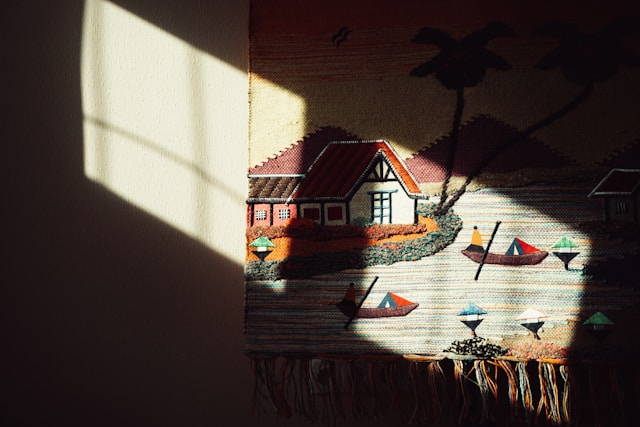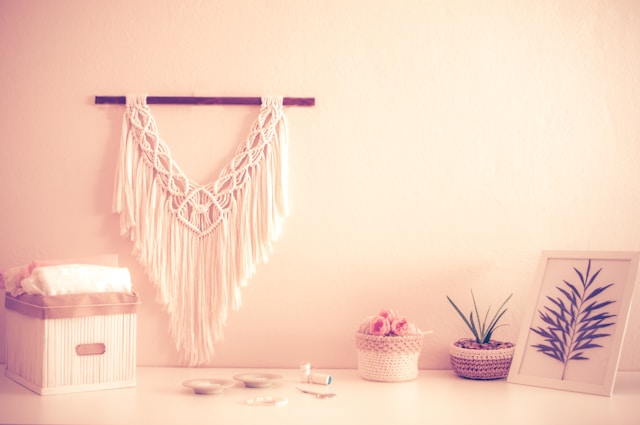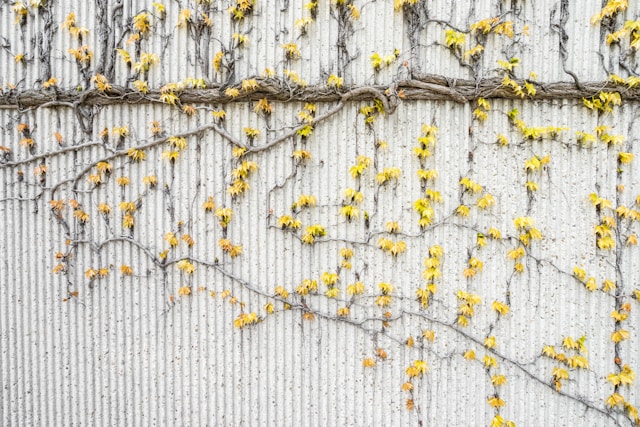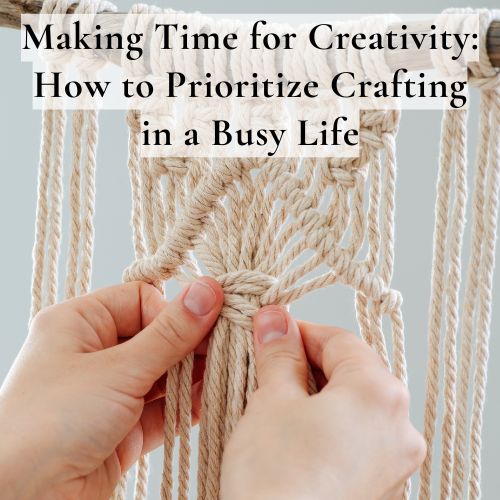For years, I told myself I didn’t have time to create.
I had responsibilities, deadlines, obligations. I convinced myself that crafting was a luxury—something I’d get to if I had extra time. But of course, that extra time never came.
And when I wasn’t making? I felt it. I felt disconnected from myself, restless, creatively stuck.
At some point, I realized that crafting wasn’t something I should squeeze in when I had time—it was something I needed to make time for, because it made me feel whole.
Now, I treat my creative time as a non-negotiable part of my life—as necessary as rest, food, or movement. And if you’ve ever felt like you don’t have time to make, I want you to know: it’s possible to shift this.
No matter how busy life gets, you can find time for creativity—because it’s not about having extra hours, it’s about reframing how we see our craft, and how we fit it into our lives.
Let’s explore why making time for creativity matters, what gets in the way, and how to reclaim your craft, even when life feels full.
🧶 Want to learn more? Click here to join Craft to Heal.

The Science: Why Prioritizing Creativity Is Essential, Not Optional
We often treat creativity like an afterthought—something fun but not necessary. But research shows that regular creative engagement has tangible benefits for mental and emotional well-being.
Here’s why making time for crafting matters:
🧠 Creativity Improves Brain Health
Engaging in creative activities strengthens neural pathways, improves cognitive flexibility, and even helps prevent cognitive decline as we age. Making time for creativity is quite literally an investment in brain health.
🧘♀️ Creative Time Lowers Stress & Prevents Burnout
When we prioritize creativity, we give our brains a break from overthinking, stress, and constant productivity demands.
✔ People who engage in hobbies regularly report lower levels of stress and higher emotional resilience.
✔ Even short bursts of creative time can significantly reduce anxiety and improve focus.
✔ Research suggests that creative expression can counteract the effects of chronic stress—meaning crafting is one of the simplest ways to care for your mental health.
⏳ Creativity Helps You Feel More Present
When you engage in creative work, you activate the same flow state as meditation—where time slows down and you become fully absorbed in the process.
✔ This level of focused, mindful engagement has been shown to improve emotional regulation, self-awareness, and overall life satisfaction.
What Gets in the Way of Making Time for Creativity?
If creativity feels like an afterthought in your life, it’s not because you don’t have time—it’s because something is blocking you from prioritizing it.
Here are a few common barriers:
🛑 The Productivity Trap – Feeling like making time for crafting is “wasting time” because it doesn’t produce income or external success.
🛑 Creative Guilt – Feeling selfish for spending time on something “just for you.”
🛑 Perfectionism – Avoiding creative time because you don’t feel inspired or “good enough” to create.
🛑 Overcommitment – Filling your schedule with so many obligations that personal creative time gets pushed to the bottom of the list.
The good news? These are all things you can shift. Let’s talk about how.

How to Make Time for Crafting—Even When Life Feels Full
If you want to prioritize creativity without adding more stress to your schedule, here are a few ways to start:
1. Rethink Creativity as Part of Your Well-Being
Crafting isn’t just a hobby—it’s a mental health tool, a stress reliever, a way to regulate emotions and feel more connected to yourself.
If you think of creativity as optional, you’ll always push it aside. But if you recognize that it’s part of how you care for yourself, it becomes easier to make space for it.
📌 Try This: Reframe your inner dialogue. Instead of saying, “I don’t have time for this,” say, “This is part of my well-being, just like rest, exercise, or nourishment.”
2. Start Small—Even 5 Minutes Counts
You don’t need hours of free time to craft. Even small moments of creativity can have a powerful impact.
✔ Knit or stitch one row while drinking your morning coffee.
✔ Take five minutes to add a few stitches or work on a small project.
✔ Keep a “portable” craft kit so you can make on the go—during breaks, waiting in the car, or before bed.
When you remove the pressure of long creative sessions, it becomes much easier to stay consistent.
📌 Try This: Commit to just 5–10 minutes a day of making. You might be surprised at how much creativity fits into small pockets of time.
3. Schedule Creative Time Like an Appointment
If you wait until you “feel like it” or “have extra time,” creativity will always take a back seat. Instead, put it on your calendar like any other commitment.
✔ Pick a time of day that naturally works for you—morning, evening, or weekends.
✔ Set a recurring reminder so it becomes part of your routine.
✔ Treat it with the same respect as any other obligation—because it is important.
📌 Try This: Choose one day this week to set aside 30 minutes for crafting. Put it on your schedule and treat it like a real commitment.
4. Pair Creativity with Something You Already Do
One of the easiest ways to build a habit? Attach it to something you already do daily.
✔ Listen to an audiobook or podcast while crafting.
✔ Pair crafting with your evening tea or coffee routine.
✔ Use creative time as a transition between work and relaxation.
By pairing creativity with an existing habit, you make it easier to stay consistent.
📌 Try This: Pick one habit you already have and add crafting to it—just 5–10 minutes at a time.
5. Give Yourself Permission to Make Without Purpose
So often, we avoid creativity because we think we need a reason to make—a project to finish, a gift to give, something “worthwhile” to create.
But crafting doesn’t have to be productive to be valuable.
✔ Let yourself make just for the joy of it—without pressure, without an end goal.
✔ Work on something purely for the experience—even if it’s imperfect, unfinished, or experimental.
✔ Remind yourself that creativity is worth your time, even if no one else sees the result.
📌 Try This: Start a “no-pressure” project—something small, simple, and for you, with no expectations.
Explore This Deeper in Craft to Heal
If you want to reclaim your creative time and explore ways to bring more intention into your crafting, Craft to Heal was designed for you.
In our March 18th workshop, we’ll explore:
🧵 Why creativity is a vital part of emotional well-being
🧶 How to create a sustainable, joyful creative habit
🪡 Exercises to fit crafting into your daily life—without guilt or stress
If you’ve ever struggled to make time for your art, this is your space to rediscover how to bring creativity back into your life.
🧶 Want to learn more? Click here to join Craft to Heal.

Your Creativity Deserves Space
You are not “too busy” to create.
Your art, your making, your creativity—it matters. It’s not selfish. It’s not a waste of time. It’s part of how you take care of yourself.
So give yourself permission to create. Not because you have to, but because you deserve to.
